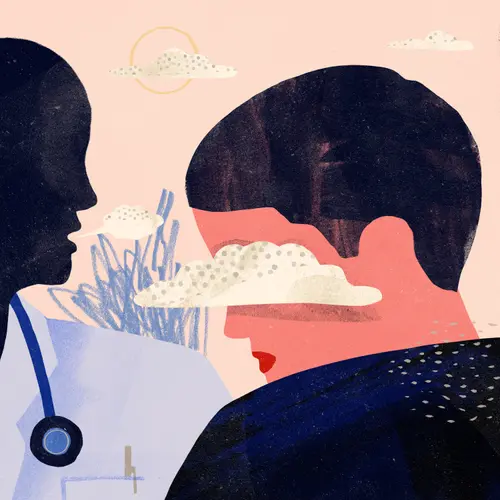Autism spectrum disorder (ASD) is a disability that affects communication and social interaction skills. The word spectrum refers to the range of symptoms and their severity and the level of support needed.
Kids with ASD have problems with social skills, language, communication, and behavior. They may behave differently or repeat the same activities over and over again, like touching the same objects or flipping them repeatedly.
Not all children with ASD have the same problems or behaviors.
The usual signs of ASD usually show up when a child is between 2 and 3 years old, although parents and pediatricians may have have identified behaviors earlier than that in the child.
What Is the Autism Spectrum?
In the past, experts talked about several disorders as subtypes of autism. The American Psychiatric Association decided to simplify it and call all of them “autism spectrum disorder,” with the diagnosis more specifically tied to the level of support a person needs to function.
The spectrum has a wide range. People who are “on the spectrum” could have very different abilities and experiences. Some people with ASD also have special skills in specific areas like math, music, or art.
Symptoms
There are common signs of the disorder, and a child with ASD might show any of the following behaviors:
- Has trouble relating to others
- Avoids eye contact
- Prefers to be alone
- Dislikes being embraced
- Repeats words, phrases, or actions
- Has trouble expressing needs and emotions
- Doesn’t get signals from body language, tone of voice, and expressions
- Needs routines
- Is sensitive to smell, taste, touch and textures
Causes
Experts don’t fully understand all of the causes of autism spectrum disorder. It seems to be genetic, but factors such as parental age and prescription medications taken during pregnancy may be involved.
For instance:
- A person is more likely to be on the spectrum if a brother, sister, or parent is. But it doesn’t always run in families.
- About 10% of kids with ASD have a form of genetic disorder such as Down syndrome and fragile X syndrome.
- A large Danish study found a link between ASD and advanced parental age of either parent.
- Women prescribed opioids just before pregnancy are likelier to have a child with ASD.

